The Drummer, The Belly Dancer… And The Baseball Player?
Recently I’ve been doing a lot of reading and research on practice techniques – both for my own personal practice and to better help my students achieve their dance goals. In my reading this week, I came across this description of an expert baseball hitter’s skills. It instantly resonated with me and I recognized the parallel in my own world:
“These hitters have just a split second to decide whether to swing and, if so, where to swing. They have no better eyesight than an average person, and their reflexes are no faster. What they have is a set of mental representations developed through years of hitting pitches and getting immediate feedback about their expectations concerning a pitch. These representations enable them to quickly recognize what sort of pitch is coming and where it will likely be when it reaches them. As soon as they see the pitcher’s arm come around and the ball leave his hand, they have a very good idea… they’ve learned to read the pitcher’s delivery, so they have less need to actually see how the ball travels before determining whether and where to swing the bat.” – from “Peak” by Anders Ericsson
So what does this have to do with bellydance? This immediately struck me as an excellent description of what an expert drummer does in an improvisational drum solo with a dancer. I have had the immense good fortune to work with drummer, Gaby Tawil since my early days performing. In the most optimal live drum solo situations, there is a two-way creative process. The dancer interprets the drummer’s riffs through movement of course, but the best drummers also take cues from the dancer too. In my opinion, that is the gold standard in drummer skill.
In the early years of working with Gaby, I remember thinking he must be psychic – he seemed to be able to somehow predict what I’m going to do and match me perfectly with accents and tempo shifts. As we spent more years together, I thought we were just accustomed to each other’s style – which I am sure is true – but could not completely account for his uncanny ability. After about 10 years, it occurred to me that he’s “pre-reading” my body for sign of what I’ll do next. Over 40-plus years, he’s learned to recognize the wind up of a sharp hip twist and instinctively react with a sharp pop. He spots the little hop that might precede a big shimmy and goes in for the roll, at which time I follow him in tone and intensity – higher and lower, tiny subtle shimmies to big shake-everything-you’ve-got ones! That’s the thrill of improvisational performance – I’ve got goosebumps just thinking about it as I write!
In the case of the drummer, the “mental representations” are the movement preparations. As dancers, we have them too. We learn to hear the musical cues that signal transitions in music and in a split second be ready for a change- any change. Other mental representations may be kinds of musical passages – akin to different kinds of pitches in the case of the baseball player- taqsims, soft melodies, percussive breaks – to which our brain and hips reflexively respond from a category of appropriate movements that we know from experience to work well. From there we tailor the movement on the fly as we see where the music leads us.
Being aware of this split-second process can help us pinpoint very specific skills to practice. In the case of drummer-dancer communication, working together directly can help drummers learn to read movement preparation and develop some appropriate responses. For solo dancers working on improvisational skills, preparing by practicing “go-to” steps and ideas for different types of musical and percussive passages can help them respond more quickly and accurately to musical changes. I like to call these “thinking steps”. When I’m working with students on improvisational skills, one of our first lessons is finding one or two for each different kind of music they might encounter.

